STREAM Activity: Aurora Borealis Arctic Art
What colors will your Northern Lights be?
Activity best for children age 2 and up
If you happen to be close to the Arctic Circle between December and March, you have a good chance of witnessing the spectacular dancing Northern Lights (or Aurora Borealis). Similar to weather forecasting, it can be hard to predict what colors you will see and when they will appear. Most of the time the lights are green, but sometimes people will witness hints of red, violet, and blue. Why do we see these colors? Well, the Northern Lights are the result of collisions between gases in the Earth’s atmosphere and charged particles from the sun. The different colors represent the types of gases and their distances from the viewer. Green light is created by oxygen molecules 60 miles above the earth. Blue and violet lights are produced by nitrogen molecules. And the very-rare red light is produced by extremely high-altitude oxygen – 200 miles above earth! This activity explores the beautiful colors of the Northern Lights against a night sky.
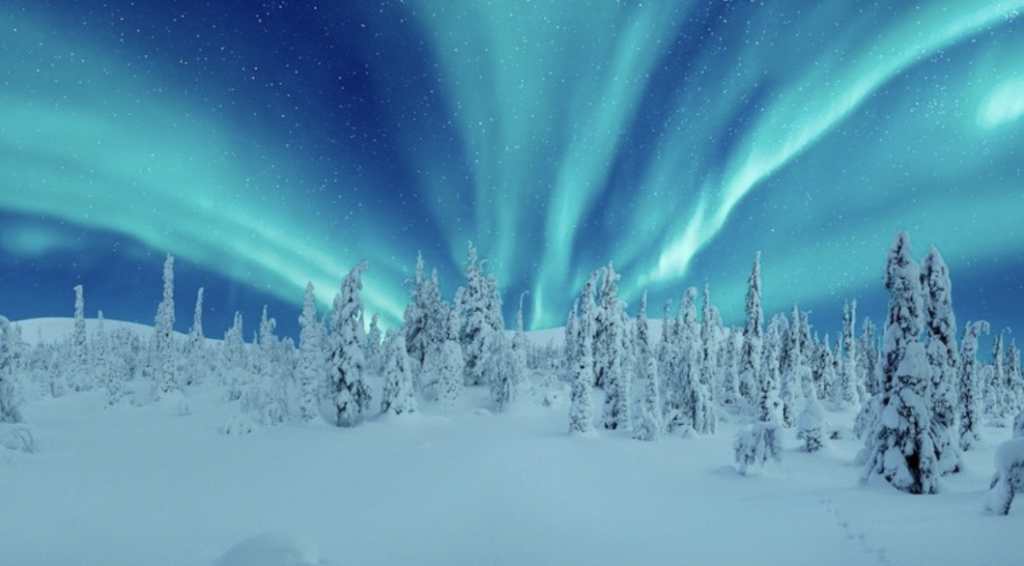
Materials you’ll need:
Acrylic or watercolor paint: Northern lights are usually purples, blues, greens, and sometimes reds
Watercolor paper
Black paper
Paintbrushes or a sponge
Scissors
Guiding Questions:
What are the Northern Lights?
What particles in the atmosphere create the different colors?
Directions
Step 1
Put dollops of your paints around your paper.
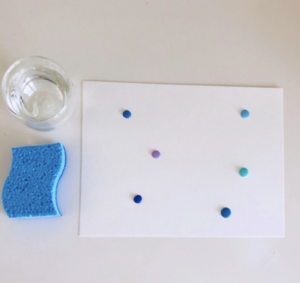
Step 2
Using a brush or a sponge, swirl your paint into “lights.”
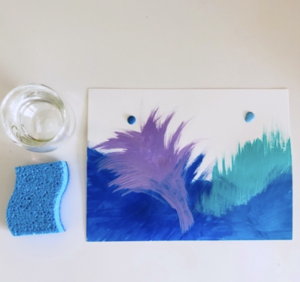
Step 3
Cut out mountains, trees, or any other fun shapes to make your night-time foreground.
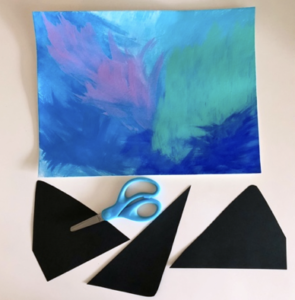
Step 4
Stick on your shapes to create your Aurora Borealis painting!
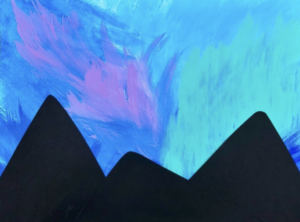
Grown Ups-Are you looking for more ways to extend your child’s learning? Check out these extension activities to build upon today’s STREAM activity!
Reading Connections:
“Seeking an Aurora” written by Elizabeth Pulford and illustrated by Anne Bannock
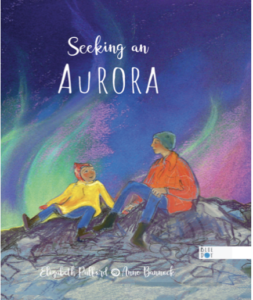
Math Connections
Each of the colors of Aurora Borealis are actually emitted from different distances from the viewer. You can use this opportunity to talk about scale and distance.
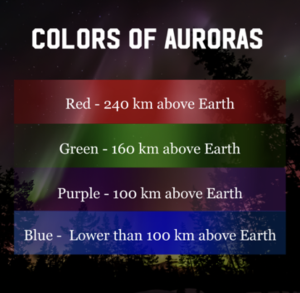
Science Connections
There are several online resources that track the lights each night, such as this one from the University of Alaska: https://www.gi.alaska.edu/monitors/aurora-forecast
Share your Northern Lights with us on Instagram by tagging @sdcdm320!
Questions about this activity? Email education@sdcdm.org

